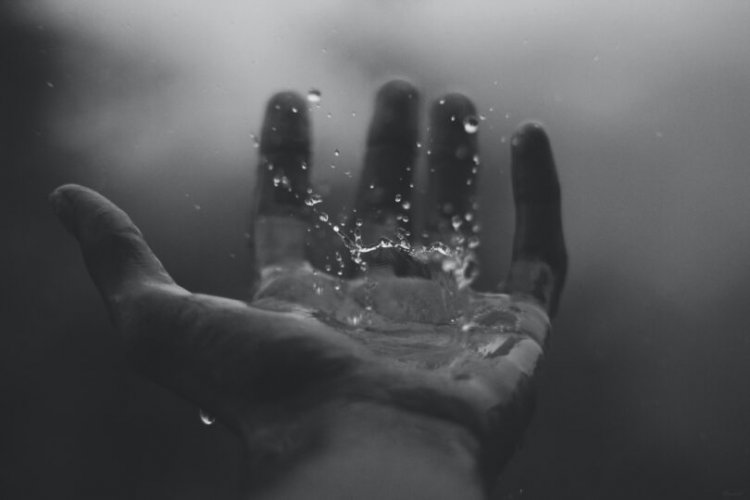
In many parts of the world, including Africa, people rely on rainwater as a source of drinking water, as well as for other household and livelihood uses. One of the reasons is water scarcity – sub-Saharan Africa has the largest number of water-scarce countries in the world. But there are concerns about how safe rainwater is to drink. It can be contaminated by dust and ash in the surroundings or by heavy metal from roofing material. Another concern is the presence of manufactured chemicals called perfluoroalkyl and polyfluoroalkyl substances (PFAS), or “forever chemicals”. As environmental scientist Ian Cousins and his team explain, they are a threat to the use of rainwater for domestic purposes.
PFAS are a group of man-made substances often described as “forever chemicals” because they never break down in the environment.
They are found everywhere – in air, soil, and water, as well as in wildlife, plants and humans. They can be found on the highest mountains, in the deep oceans and on both poles. A recent study highlighted the widespread presence of PFAS in rainwater, from the Tibetan Plateau to Antarctica, and noted that according to recently published health advisories, rainwater everywhere could be considered unsafe to drink.